Newari Architecture: The Soul of Kathmandu Valley
In the heart of Nepal’s cultural and historical landscape lies a legacy of craftsmanship so distinct and refined that it has come to define the very identity of the Kathmandu Valley. Newari architecture is not only a hallmark of Nepal’s rich artistic heritage—it is the soul of the valley, found in every alley, temple, and courtyard of Kathmandu, Patan, and Bhaktapur.
As we look toward 2026 and 2027, the preservation and celebration of Newari architecture continue to grow, inviting the world to witness a style that is both timeless in beauty and masterful in engineering.
A Legacy Carved in Wood, Brick, and Spirit
The Newars, the indigenous people of the Kathmandu Valley, have long been revered for their unparalleled skills in architecture, wood carving, and urban design. Their architecture reflects a perfect blend of spiritual significance, artistic expression, and environmental harmony.
Whether it’s a majestic temple or a humble home, every structure is thoughtfully designed—not just to shelter, but to inspire.
Key Features of Newari Architecture
⛩️ Tiered Nepali-Style Temples
Newari temples are often built in the multi-tiered nepali style, with roofs that taper gracefully toward the heavens. These iconic structures are supported by intricately carved wooden struts (tunala), often depicting deities, mythical beasts, and celestial beings.
- Examples: Nyatapola Temple in Bhaktapur and Taleju Temple in Kathmandu Durbar Square.
🧱 Brick-and-Timber Construction
The use of locally made red clay bricks combined with elaborately carved wooden beams and windows is a defining hallmark. The bricks are laid in precise geometric patterns, and the woodwork is done by master artisans whose knowledge has been passed down through generations.
- This combination not only adds aesthetic beauty but also allows the structures to breathe and flex during earthquakes, making them remarkably resilient.
🏠 Courtyard-Centered Living
Traditional Newari homes and monasteries are designed around inner courtyards, known as bahals (in monasteries) or bahils (in residential areas). These courtyards serve as communal spaces for rituals, gatherings, and daily life.
- The courtyard acts as the heart of the home, providing natural light, ventilation, and a sacred space for family or monastic activities.
🪟 Masterful Windows and Doorways
No discussion of Newari architecture is complete without mentioning the Peacock Window of Bhaktapur, one of the most famous examples of Nepali woodwork. Newari windows are meticulously hand-carved, often with religious symbols, floral motifs, and protective designs.These windows are both functional and ornamental, allowing airflow while preserving privacy and showcasing craftsmanship.
Cultural and Spiritual Significance
Newari architecture is deeply tied to the religious and spiritual life of the Kathmandu Valley. Every structure is built not only for form and function but also in accordance with sacred geomancy and cosmology.
- Temples are aligned with celestial movements and built to channel divine energy.
- Homes include shrines and symbolic carvings that connect the family to their ancestors and deities.
Even the layout of cities like Patan and Bhaktapur follows Mandala designs, turning the urban environment into a spiritual map.
A Sustainable and Climate-Conscious Design
Long before the modern world embraced sustainable living, Newari architecture was already eco-conscious. Its materials, techniques, and layouts are perfectly adapted to the local climate and geography.
- Thick brick walls provide insulation against both summer heat and winter cold.
- Inner courtyards allow for passive cooling and natural ventilation.
- Use of natural, local materials minimizes environmental impact and promotes longevity.
This makes Newari architecture not just an artistic treasure—but a model for sustainable urban design.
Preservation and Revival in Modern Times
In the wake of the 2015 earthquake, significant efforts have been made to restore and preserve Newari architectural sites. Today, there is a growing movement to:
- Train new generations of artisans in traditional techniques.
- Restore UNESCO World Heritage Sites such as Bhaktapur Durbar Square and Patan Durbar Square.
- Build heritage hotels, cafés, and museums that incorporate Newari aesthetics into modern living.
From tourism to community development, Newari architecture is now being revitalized as a cultural and economic asset for Nepal.
Newari architecture is not just a relic of the past—it is a living, breathing expression of Nepal’s soul. Its enduring beauty, spiritual depth, and cultural richness continue to enchant visitors and inspire architects around the world.
As you wander through the alleys of Bhaktapur, sit in a sunlit courtyard in Patan, or gaze at the carvings in a Kathmandu temple, you’ll realize that you are not just witnessing architecture—you are experiencing a sacred tradition, carved in wood and built to last for centuries.
Share this content:
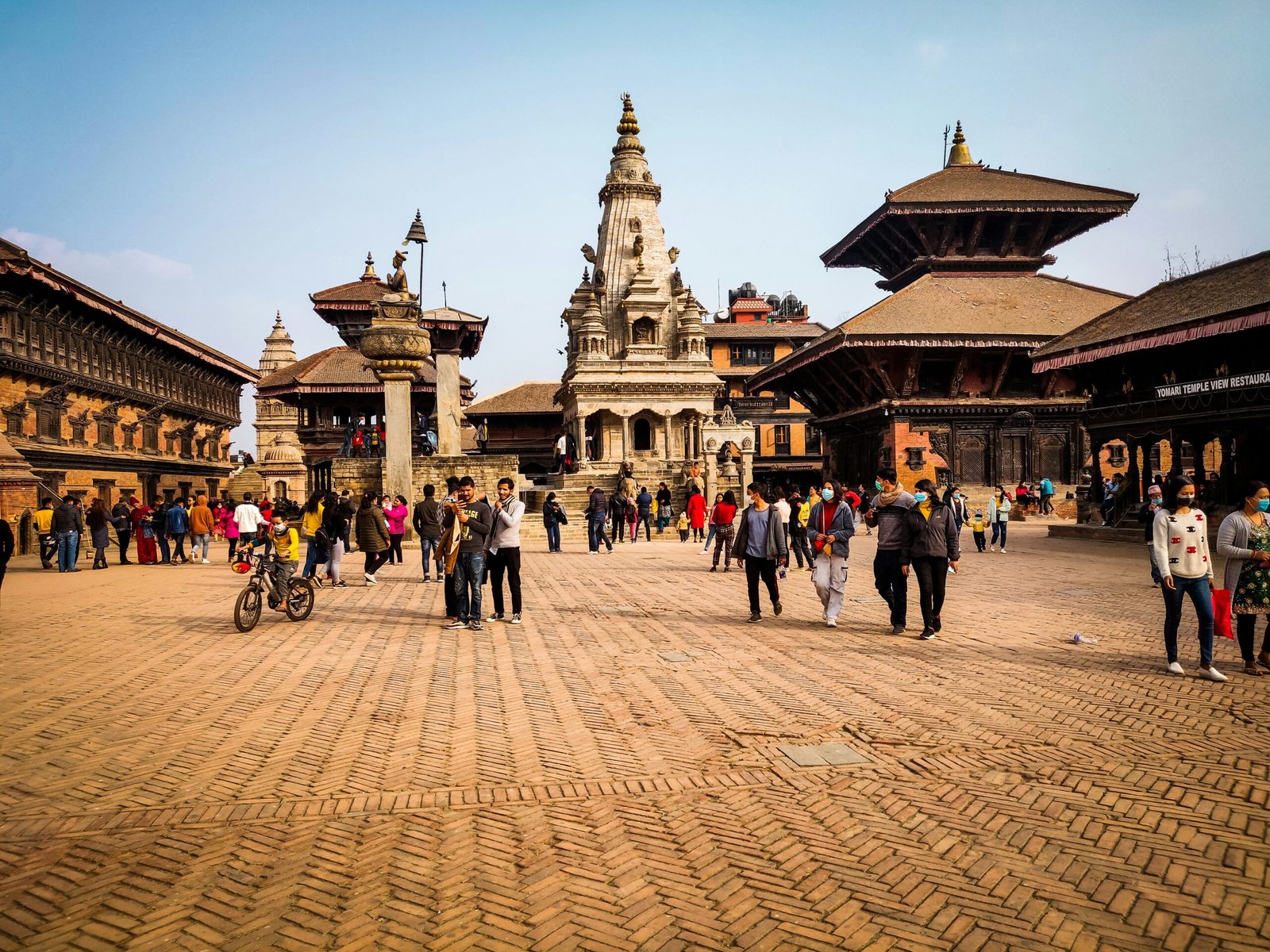
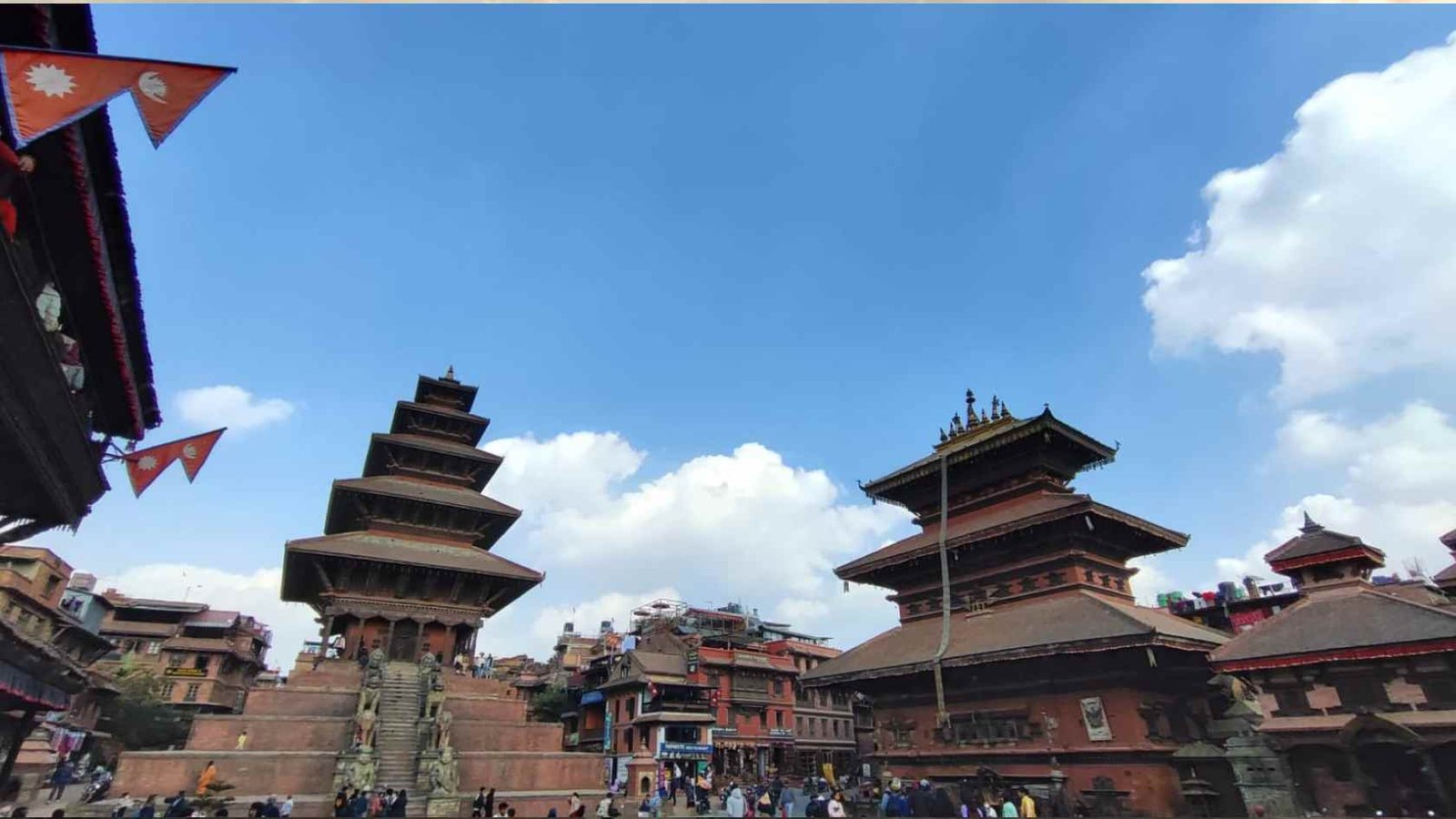


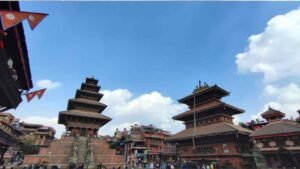

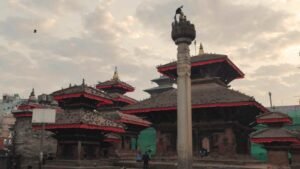
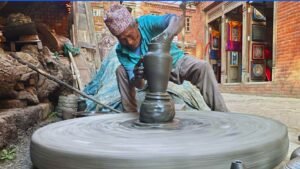






1 comment